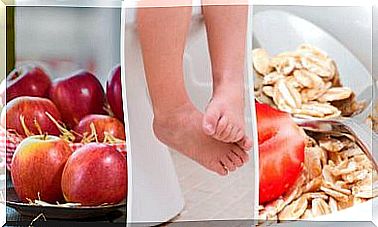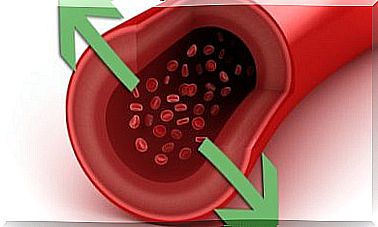Damp, Moldy Walls: Discover Natural Solutions
To remove mold, you don’t necessarily have to resort to harsh chemicals, there are also very effective natural remedies.
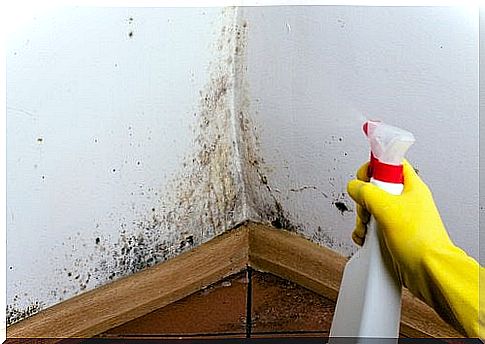
In a clean, radiant home that smells good, you feel good and at the same time you can prevent allergies and respiratory diseases. Damp, moldy walls, on the other hand, not only look unsightly, they also endanger health.
Molds of the genera Cladosporium, Penicillium or Alternaria can spread and lead to ugly stains that are not easy to remove.
That’s why in today’s post we recommend various home remedies that you can use to clean moldy walls without harsh chemicals in order to maintain your health and enjoy a beautiful home.
Read on to learn how to clean damp, moldy walls.
salt
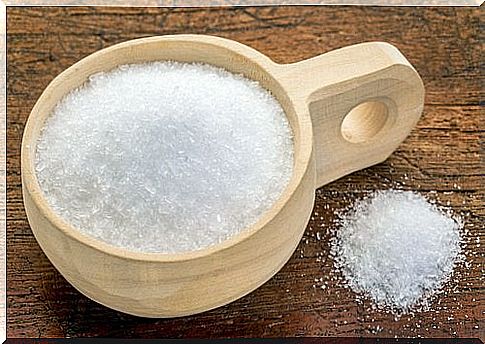
Salt is excellent for removing mold as it absorbs moisture and acts as a protection against the spread of mold.
It has long been used for household cleaning because it not only has a disinfectant effect, but also helps remove stains that are difficult to remove.
Use of salt
- Put one kilo of salt in a container with a wide opening and place it in a damp room.
- This absorbs the moisture in the air and consequently prevents the spread of mold.
- As soon as the salt turns dark, simply replace it, as this is a sign that it is no longer able to absorb moisture.
Mustard flour
Mustard flour has antifungal and disinfectant properties that can be very helpful with mold and damp walls.
Similar to salt, mustard flour is also able to absorb moisture.
Use of mustard flour
- Put plenty of mustard flour in a container and place in the place where mold is present.
- Replace once a week for best results.
White vinegar
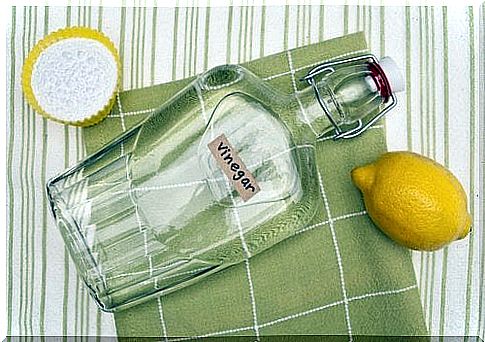
Vinegar is a great ecological detergent that can also get rid of stains, fungus, and bad smells.
The antifungal and antibacterial ingredients in vinegar act directly on the microorganisms and help to clean the room.
Use of white vinegar
- Mix equal parts white vinegar and water and pour into a spray bottle.
- Then spray the product on the damp walls and let it work for 20 minutes.
- Then remove the stains with a damp sponge or microfiber cloth.
Tea tree essential oil
Tea tree essential oil is very popular around the world for a wide variety of uses. It is very useful for cleaning the household and treating various health ailments.
Tea tree oil has antibiotic and antifungal properties that are very helpful in getting rid of mold and stains caused by moisture.
Use of tea tree oil
- Pour one teaspoon of tea tree essential oil into one liter of lukewarm water, fill into a spray bottle and shake well.
- So spray the damp walls and let the agent work for 15 minutes. Clean the surface with a brush or cloth.
Hydrogen peroxide
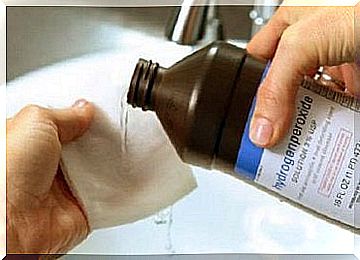
Hydrogen peroxide is mostly used for skin problems, but it is also very helpful against mold.
Hydrogen peroxide can be diluted with water, but we recommend using this agent undiluted in order to be able to remove the moisture more easily.
Use of hydrogen peroxide
- Pour 3% hydrogen peroxide into a spray bottle and use it to spray the damp surfaces.
- Let it work for 15 minutes and then remove it with a sponge or brush.
Baking soda
Soda is abrasive and has an antibacterial effect. Hence, you can use it when you want to clean moldy walls.
If you apply the baking soda directly to the damp areas, the moisture will be absorbed and at the same time the mold can be combated.
Soda has a bleaching effect and neutralizes unpleasant odors, which is also very useful for dark spots and the unpleasant smell of mold.
How is baking soda used?
- Mix a little baking soda with water or lemon juice to form a viscous paste and apply it to the stains.
- After 20 to 30 minutes, rinse off and clean the surface with a brush.
For better results, it is important to ventilate the room well every day to allow the walls to dry.
